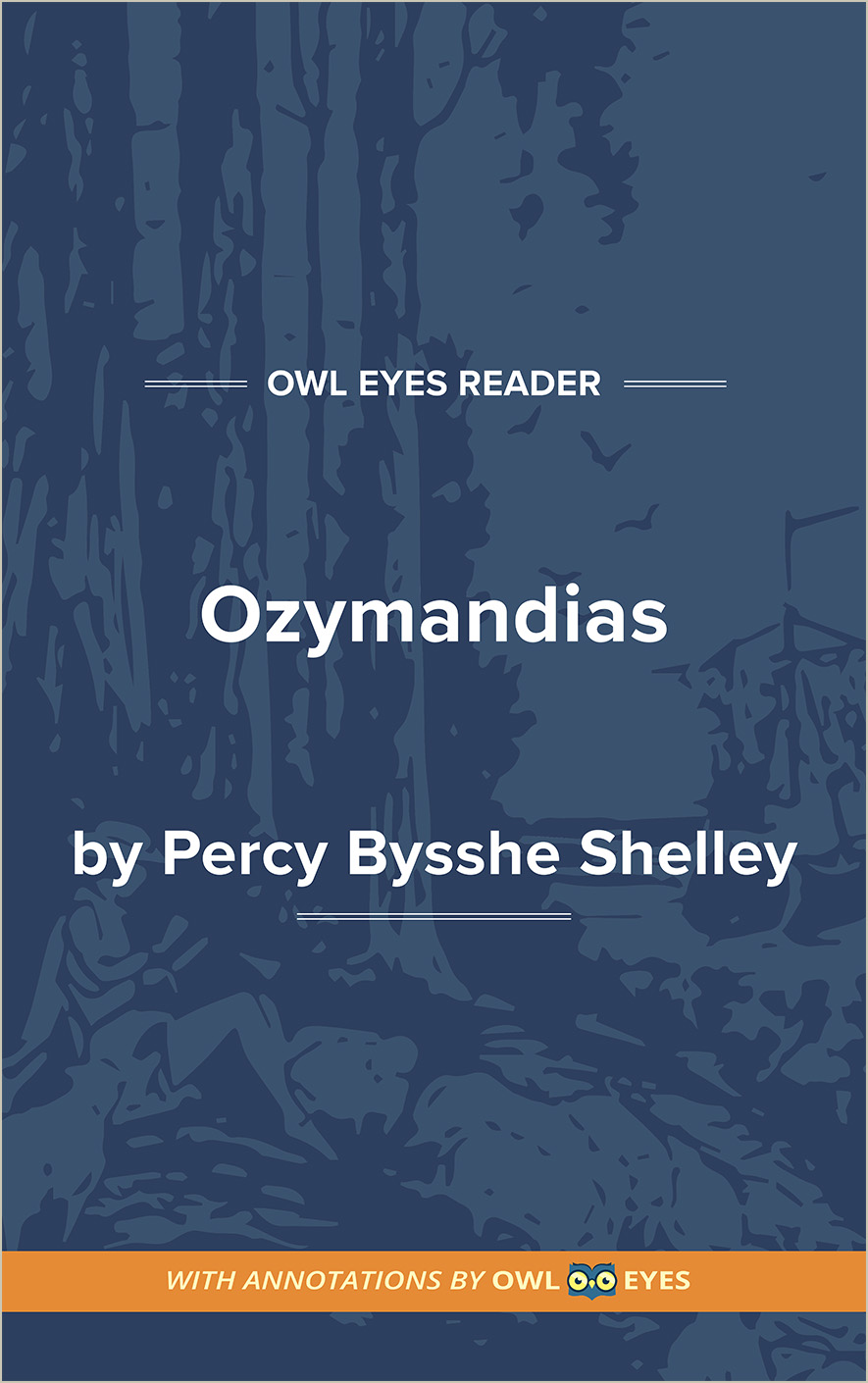Analysis Pages
Historical Context in Ozymandias
Percy Bysshe Shelley first published “Ozymandias” in 1818. Shelley and his friend, the poet Horace Smith, had challenged themselves to write a poem with the same subject, title, form, and theme. Thus there are two strikingly similar sonnets entitled “Ozymandias,” published just weeks apart in The Examiner. Shelley’s poem takes its title from the Egyptian king Ramesses II, known to the Greeks by the name Ozymandias. In 1817, news broke that archeologists had discovered fragments of a funereal statue of Ramesses II and intended to send the pieces to the British museum. This discovery inspired Shelley’s pen.
Historical Context Examples in Ozymandias:
Ozymandias
🔒"Look on my works, ye Mighty, and despair!..." See in text (Ozymandias)
"antique land..." See in text (Ozymandias)

